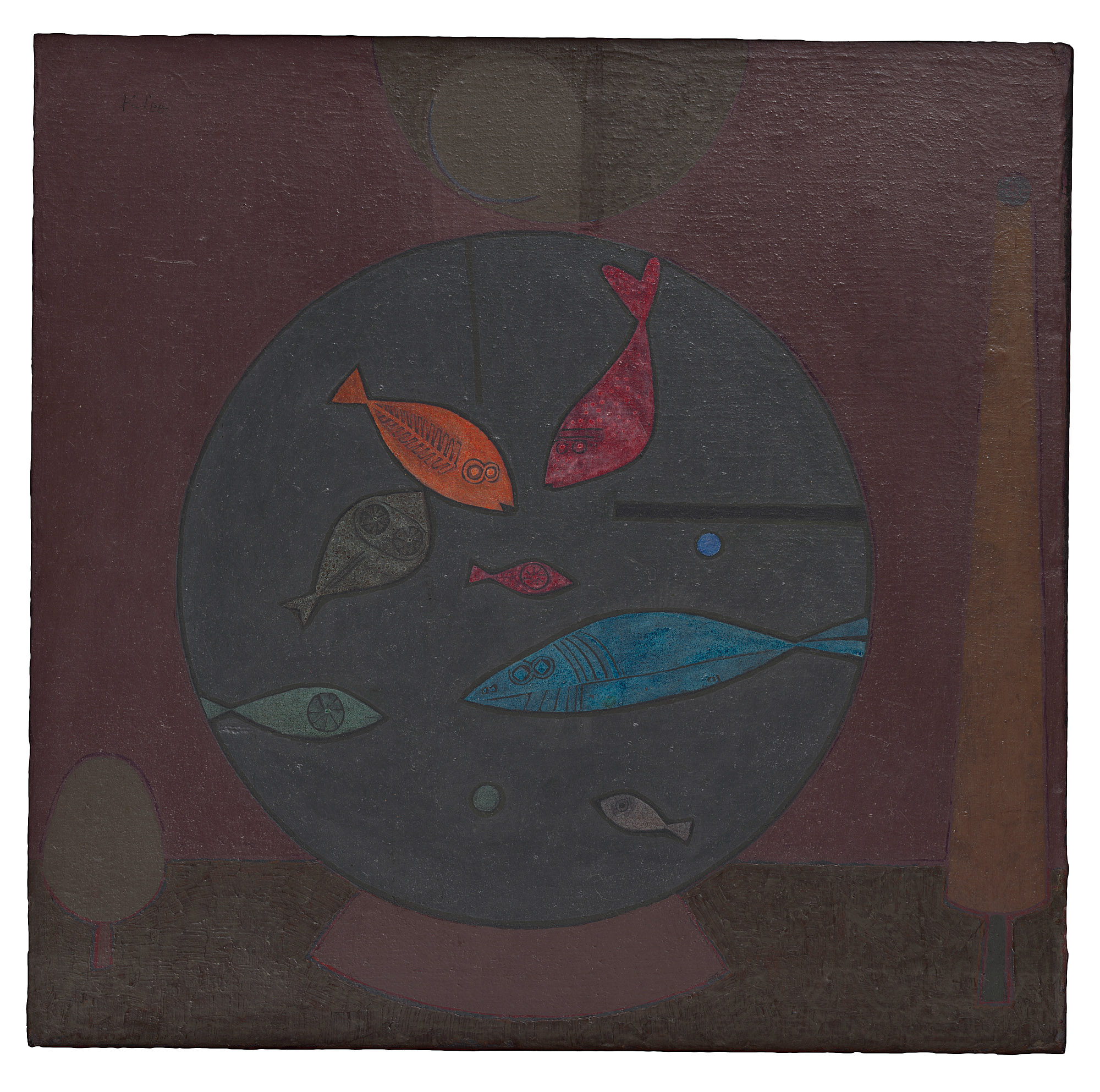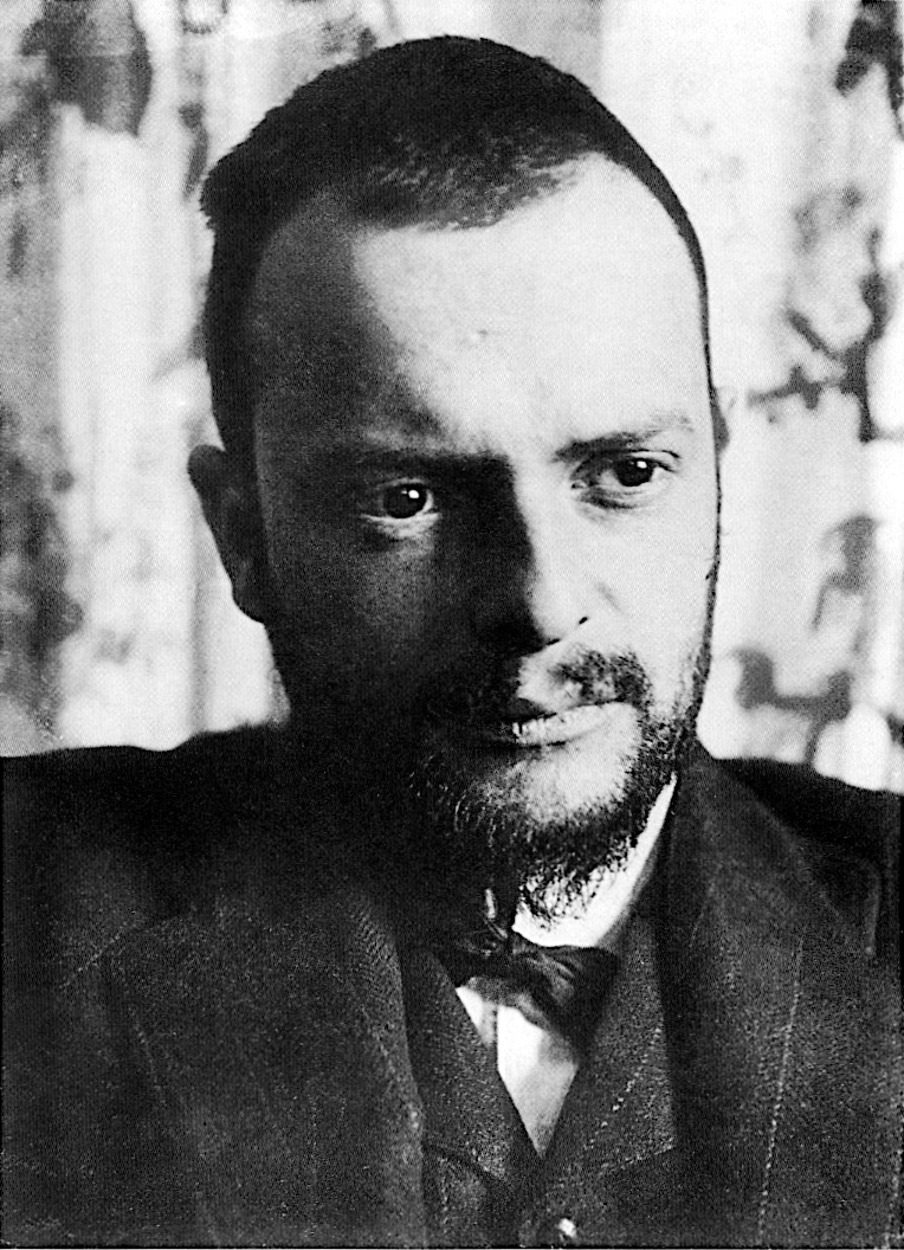We love Paul Klee! We can present his works today (and a couple of more in the future) thanks to Zentrum Paul Klee in Bern. :)
Throughout his artistic career, fish were very special creatures for Paul Klee. The artist was fascinated by their colourful diversity and above all their ability to move freely under water. Along with birds, Klee even included fish in his art theory and the lessons he taught at the Bauhaus. Klee described the atmosphere (air and water) as related “intermediate realms” between the earth and space. At the same time, they were intermediate realms because humans can move within them only to a limited extent or using some sort of aid.
One of Klee’s most beautiful fish paintings was created in 1926: Fishes in a Circle. In the center is a circle with seven fish and two small colored circles. The fish shine bright in blue, red, orange, and green against the dark background. The base transforms the circle into a glass aquarium. This seems to stand in a landscape with one roundish and one elongated tree. Typical of Klee’s animal pictures is his view inside these creatures. In this case, we can see the bones of the fish and other parts of their innards. Klee was convinced that every form is shaped by its interior.
In his essay Ways to Study Nature, Klee wrote, “The object grows beyond its appearance through our knowledge of its inner being, through the knowledge that the thing is more than its outward aspect suggests.”
The skeleton of a human or animal determines its outer shape. In the smaller fish, we can see round shapes; they are reminiscent of eyes and at the same time of wheels with spokes or a mechanism with gears.
Note also the two distinctive black lines in the circle of the aquarium. They actually seem completely out of place. They are simple symbols that represent the vertical and the horizontal in Klee’s work. By including them, the artist was referring to ascent and descent, and to human imprisonment on earth.
P.S. Here's another Paul Klee's painting - Fish Magic!


 Paul Klee
Paul Klee